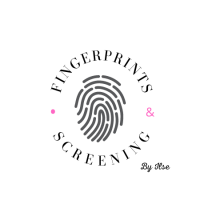Race codes on USA fingerprint cards
When collecting biometric data such as fingerprints, it is important to have information about an individual's background. In the United States, race codes are used on fingerprint cards for this purpose. These codes serve as a means to capture the ethnic diversity of the population.
Below you will find the race codes used in America and the meanings of these codes:
"A" represents Asian or Pacific Islander individuals. This includes a wide range of ethnic groups such as Chinese, Japanese, Filipino, Korean, Polynesian, Indian, Indonesian, Asian Indian, Samoan, and other Pacific Islander individuals.
"B" stands for Black individuals, whose origins lie in any of the black racial groups of Africa. This includes people with various ethnic backgrounds such as African, Afro-Caribbean, and Afro-Latinx.
"I" is used to denote American Indian or Alaska Native individuals. This includes American Indians, Eskimos, or Alaska Natives, as well as individuals with origins in any of the 48 contiguous states of the United States or Alaska, who maintain cultural identity through tribal affiliation or community recognition.
"U" stands for unknown and is used when a person's ethnicity cannot be determined. This can occur if the person refuses to provide this information or if there are other obstacles to obtaining the data.
"C" stands for caucasian. This includes individuals of Caucasian descent, as well as those with Mexican, Puerto Rican, Cuban, Central or South American backgrounds, or other Spanish cultural or ethnic origins, regardless of their race.
However, it should be noted that some organizations in America no longer require the inclusion of race codes on fingerprint cards.
